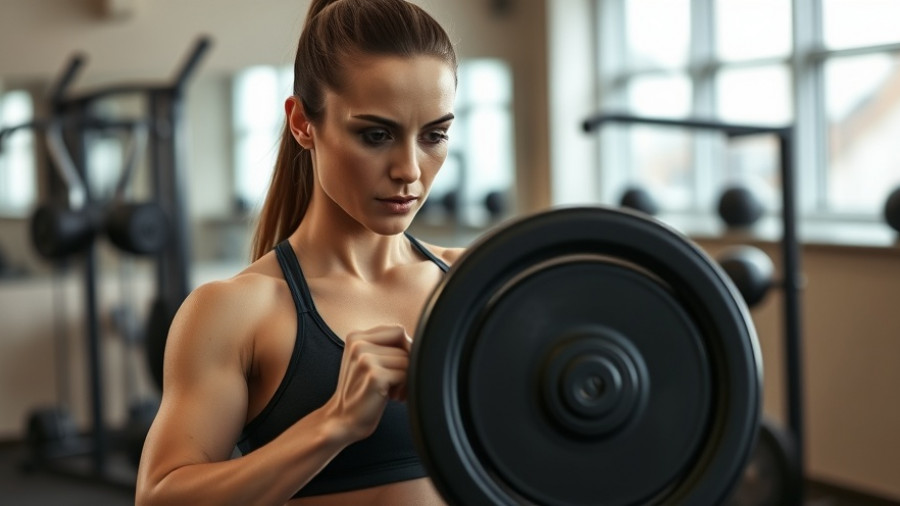
Exploring the Eye-Dementia Connection
A recent study from the University of Otago has revealed a significant link between eye health and the risk of dementia. The research, conducted as part of the Dunedin Multidisciplinary Health and Development Study, utilized retinal scans to identify early warning signs that could indicate susceptibility to dementia. According to co-lead author Dr. Ashleigh Barrett-Young, the blood vessels known as retinal microvasculature can serve as a potential biomarker for predicting dementia risk.
The Importance of Early Detection
The crux of this research lies in its implications for early treatment. Dr. Barrett-Young points out that timely intervention in conditions like Alzheimer's can make a crucial difference in patient outcomes. Current testing methods are often inadequate; cognitive assessments may lack sensitivity during early stages, while advanced imaging techniques like MRI are costly and not widely accessible.
What the Data Reveals
Through analysis of eye scans taken from participants aged 45, researchers uncovered that narrower arterioles and wider venules correlate with higher dementia risks. The unexpected association of venules with various Alzheimer's disease dimensions suggests they could be particularly valuable for assessing dementia risk. This finding adds a new layer to our understanding of how diseases may manifest physically in the eye.
Potential for Future Innovations
The continued research hints at an exciting possibility: leveraging artificial intelligence to analyze eye scans more effectively in the future. While current capabilities are limited, advancements in technology may soon allow for quicker and more accurate assessments of brain health through retinal evaluations.
A Cautionary Note
Despite these promising findings, Dr. Barrett-Young cautions against undue alarm. The research is in its infancy, and existing scans cannot definitively predict the onset of dementia. The focus should remain on fostering a holistic view of health and wellness, integrating eye care with other preventative health measures.
Conclusion: A Call to Action for Health Professionals
As we advance our understanding of the interconnectedness of eye and brain health, professionals in tech, healthcare, and fitness need to stay informed. The implications of this research could reshape preventative strategies and treatment protocols. Stay proactive—invest in continuous learning about the benefits of eye health not only for visual acuity but also for cognitive well-being.
 Add Row
Add Row  Add
Add 




Write A Comment